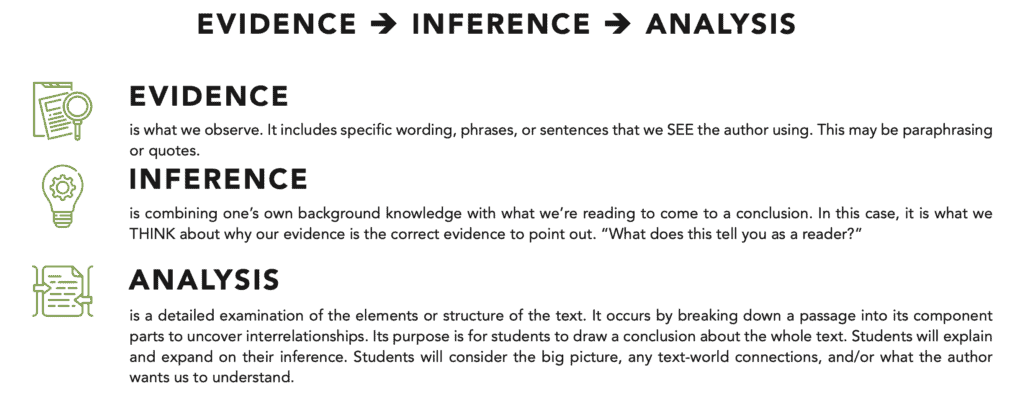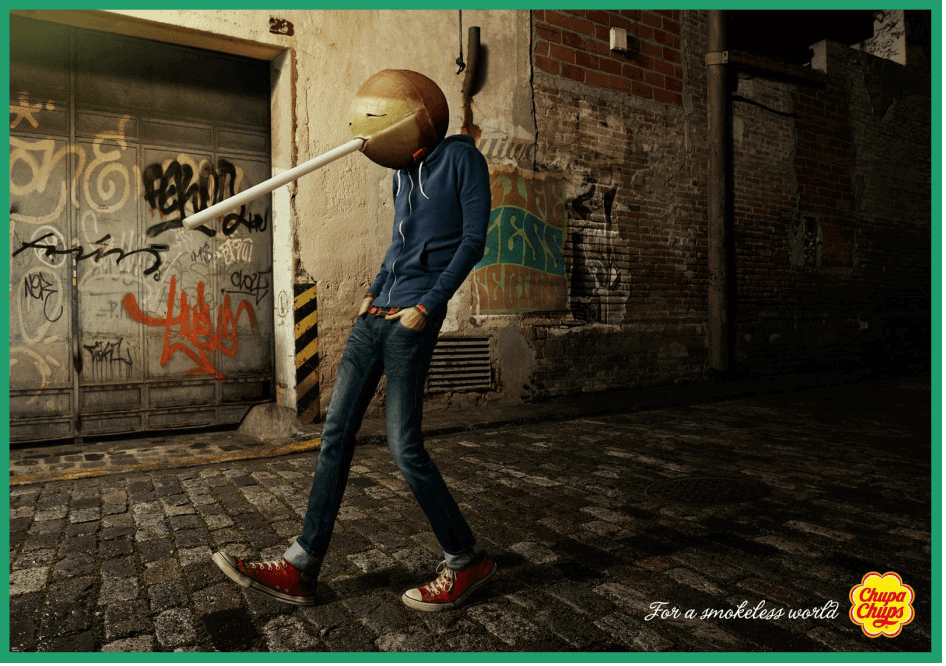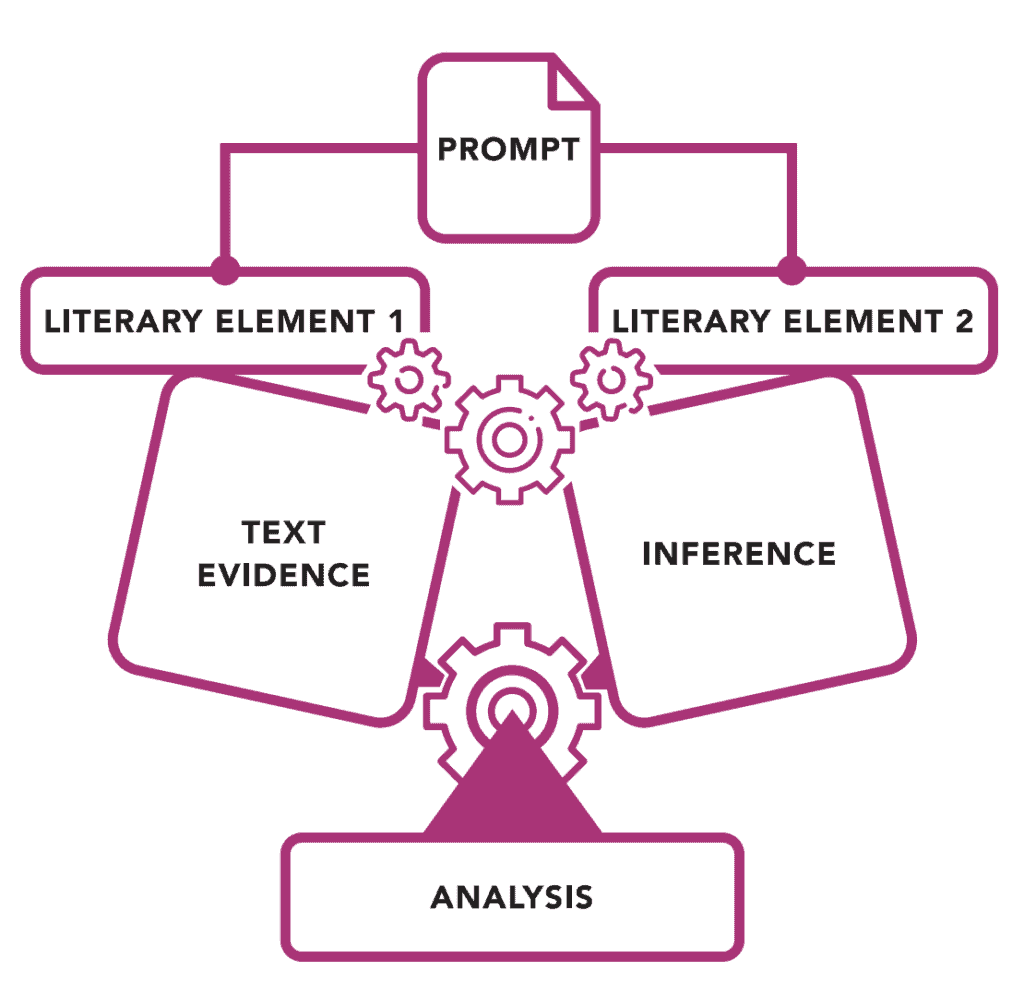See Think Wonder 2.0: Text Dependent Analysis
8 Min Read • Visual Thinking
If you are an English Language Arts teacher, you’ve probably heard the groans from students as soon as you mention the acronym “T.D.A.”. In fact, I’m willing to bet you’ve groaned yourself! These written responses to text can be a beast. But recently, I found a great way to use a tried-and-true Arts Integration strategy to help make them a little less dreadful, and a lot more meaningful. No more “death-by-T.D.A.” as we have joked in my school.
DOWNLOAD THIS eBOOK AS A PDF
What is Text Dependent Analysis?
In my state, Text Dependent Analysis (T.D.A.) is one of the most challenging and rigorous parts of our standardized assessments. These prompts are usually an essay that requires students to understand, interact with, and analyze a passage. Not only do TDAs take a lot of time for students to master, but they are a large part of a student’s score.
Note: We know that our students and teachers are much more than these scores. I want my students to show the skills and knowledge that they are capable of when they do have to take standardized tests. Without adequate preparation, it would be unfair. It would be like sending a student onto the soccer field during an important game when she doesn’t know the rules of the game.
When writing a response to a T.D.A., students must respond to the prompt with specific evidence from the text. They must explain how that citation shows that they understand the literary elements in the prompt. They must prove that they can look at the text as a big picture. Finally, they must show how the literary element connects to that big picture. Whew- it seems like a lot for an adult, not to mention the developing brain of an adolescent!
Examples of TDAs from Pennsylvania
Example 1: The character of David has a function in “Into the Volcano.” Write an essay analyzing the important role David plays as a character throughout the passage. Use evidence from the passage to support your response. REVIEW THE RELEASED ITEM
Example 2: At the end of the passage, the king says to Ram Dhan, “You shall be the royal tutor and teach my sons all you know.” Write an essay analyzing the reasons why the king wants Ram Dhan to be the royal tutor. Use evidence from the passage to support your response. REVIEW THE RELEASED ITEM
Example 3: The author makes the point that “detective work is involved in cave science.” Write an essay analyzing how this point is supported throughout the passage. Use evidence from the passage to support your response. REVIEW THE RELEASED ITEM
To help scaffold student responses in the past, many teachers have relied on a variation of an acronym called R.A.C.E.R. which stands from Restate, Answer, Cite, Explain, and Review.
The R.A.C.E.R. Formula & Chain of Reasoning
The R.A.C.E.R. formula promotes formulaic writing. That is not our ultimate goal as teachers of writing. Yet, many students need this scaffold as they are learning to pull evidence from the text to support their thinking.
We’ve found, however, that students can follow the R.A.C.E.R. format perfectly and still not reach the level of thinking needed. With R.A.C.E.R, it is not common that students reach the higher-order thinking level needed for success. They are still missing the highest level of thinking: Analysis.
To help students (and teachers) understand how to approach T.D.A.s, our state has shared a new graphic that explains it. A Chain of Reasoning shares the thoughts students need to include when responding to a prompt:

Introducing…See, Think, Wonder 2.0
As I was diving deeper into professional development on how I can help my students succeed with T.D.A.s, I had an epiphany. I can introduce and practice this through the Arts Integration Strategy See, Think, Wonder with a little tweaking. I now refer to it as See, Think, Wonder 2.0, because it takes the Wonder step to a deeper level of thinking. It helps students reach the ultimate goal of the analysis.
One of the best access points to teach the Chain of Reasoning is by sharing a piece of visual art. Use the artwork as a visual text (in place of written text). Using visual art takes away the words in the text, which can be a barrier for some students. Adding the visual also engages a different part of the brain. It allows students who may not have been engaged with a literary example to engage in the lesson. Through this interaction with art, students can strengthen their observational skills and thought processes.
With an original See, Think, Wonder strategy, students first share observations that they notice. Next, they share their thoughts on the art. Finally, they branch out into creative thinking by sharing wonderments related to the art.
You’ll notice that we are still following this visual thinking strategy in the same way. But now, we are connecting each step to a stage of the Chain of Reasoning. Once students practice this strategy with visual art, it is much easier for them to work through a T.D.A. following the same thought process. We simply have to point out the connections. Take a look at how this is implemented in the classroom:
Classroom Example
Step 1: SEE (This is our EVIDENCE step)
A. Share a visual. To help teach this strategy, start with something surreal or something that has an obvious contradiction. While not fine art, the lollipop brand Chupa Chups has created some advertisements that work well for this.
(Fun fact: Salvador Dali created their logo!)


B. During this step, students make observations about what they SEE. This is a challenge because many students want to jump right to stating what they think. Require them to make as many observations as possible first. Ask students to point out colors art elements, or recognizable images. Give lots of wait time, and allow all answers unless they jump further than an observation.
C. Explain that during this step, they are making citations or examples from the text. They are pointing out what they see. In a passage, this would be like finding examples of phrases or sentences that support the prompt.
Step 2: THINK (This is our INFERENCE step)
A. During the THINK step, students draw upon their background knowledge to explain what they THINK is going on. I require a “because statement” during this step. This helps students remember to connect their evidence from the SEE step with their own thoughts. For example, “I think (or I Infer) that the ants are going around the lollipop because it is sugar-free. I know sugary foods attract ants, so it is unusual for them to be going around something that is usually sugary.”
Step 3: WONDER (This is our ANALYSIS step)
For the purpose of our use of this strategy, this is where we step away from the original See Think Wonder strategy. With the original, we push students’ creative thinking. We ask them to wonder and predict why the artist made choices that he or she made.
A. With the ANALYSIS step, we are still asking students to wonder. This time, we are directing their wonderment in a specific direction. As they wonder, their task is to take their inferences to the next level. They explain how their inferences tie back to and connect the art (or literary) element.
B. ANALYSIS is taking the evidence and combining it with the inference. Then, to explain the connection, or interrelationship, between both. We focus on what the artist wants us to understand. We identify the big picture and how the choices the artist made help us to understand the big picture. This is a bit less freeing, but once students have this framework they naturally take their brains in that direction.
Connecting See, Think, Wonder 2.0 with Writing T.D.A.’s
Once students have tried this visual thinking strategy with works of art, they are better able to visualize the task when they are presented with a T.D.A. They are able to notice the chain of reasoning in their writing. To help support my students in this way, I created a graphic organizer to help them see the three steps. One has labels and one does not for students who are ready to use it as a thinking tool instead of using it as a formula.

After reading the prompt, students need to identify the two literary elements that the T.D.A. is asking of them. After identifying and proving what they know about those elements, students cite examples of those literary elements from the text. Next, they infer. They explain how they know the text that they cited was an example of that literary element. Finally, they reach the analysis step. In this step, students write about the big picture. They explain the interrelationship between the two literary elements. They describe how the author’s choices help us to understand the big picture.
After mastering See, Think, Wonder 3.0 strategy, it is a great warm-up at the beginning of class on days where students have to respond to a T.D.A.
While T.D.A.s still require a great deal of higher-level thinking, now students have a more efficient thought process to use. They’ll find that a T.D.A. is not about the amount of writing or following a formula they need to remember. Instead, it is about the type of thinking required and using those thinking strategies to notice the big picture of the artist’s (or author’s) work. Plus, we are able to strengthen students’ capacity for viewing visual art. And of course, T.D.A. writing will now be a little more enjoyable without the symphony of groans.




